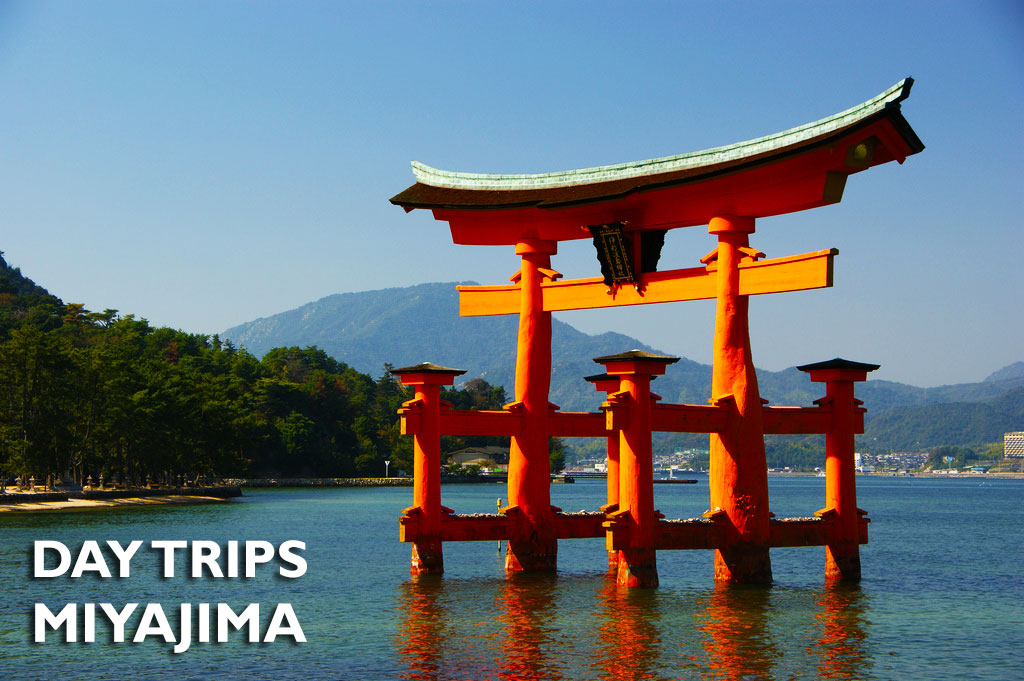by Bryce Marley-Jarrett
We all know about mascots, whether they are at Disneyland, sporting matches, or on TV. Japan takes the concept of mascots to a higher level than anywhere else in the world. Today we delve into the world of mascots in Japan, where you will soon find that they have one for everything. From police to water companies, to almost every prefecture, you will find a cute character that represents them.
One of the fascinating phenomenons to hit Japan has to be their almost obsession of having cute - and sometimes terrifying - mascots for everything. From police departments, government agencies, airports, and the one with most - prefectures. At recent count, there are more than 1500 different mascots for prefectures and government departments in Japan.
Known as 着ぐるみ ("kigurumi"), these mascots are designed to be cute (or kawaii), and relatively simple in design. You will usually find them incorporating parts of the regions or businesses they are representing in their design as well to connect them.
Kigurumi are created by prefectures to give them a kawaii look to represent their regions, not only at events locally and in the media, but also all over Japan to bring domestic, and sometimes international awareness and visitors to their prefecture, as well as generate economic growth. For businesses, the kawaii characters are generally created to give a cute face for the company to bring in revenue.
Many prefectures don't have the money to create these slick, professional mascots. Those in this predicament set up competitions to have the public submit designs for their mascots. Competition mascots have created a secondary category of mascots being created across Japan, the ゆるーキャラ (yuru-kyara).
Yuru-kyara mascots tend to seem less polished and amateurish in appearance (thanks to many being publicly submitted designs and not by a slick marketing agency). This method, however, has created some of the most famous mascots in Japan, thanks to the public feeling a part of the making of the character.
You may be thinking: how does this make them any money? Well, the kigurumi business is very lucrative with sales of character merchandise from these mascots reaching nearly US$16 BILLION in 2012.
In fact, the popularity of mascots, and the prefectures, and government agencies enthusiasm in creating them hit such high levels that the finance ministry of Japan last year ridiculed the practice as a waste of public funds, and suggested getting rid of many.
This led to the city of Osaka taking a close look at their mascot inventory. At it’s peak, they had 92 different mascots, for all manner of things from water departments to tax campaigns. Recently they cut down their mascots to a more humble 69, and have no plans for any future new additions.
They are so popular there are even yearly festivals where hundreds of mascots come together for the public to see and also compete for the "mascot of the year". The main event is the Yuru-kyara Grand Prix held in November.
The Yuru-kyara Grand Prix began in 2010 with 169 entrants, and last year had an epic 1699 entrants!
Let's take a look at some of Japan's most famous Kigurumi and Yuru-kyara.
Hikonyan
Winner of the first Yuru-kyara Grand Prix, he was created to celebrate the 400th anniversary of Hikone Castle. Now he is the reason people visit the castle. Considered one of the most popular mascots in Japan.
Kumamon
The bear that is considered by many to have put mascots into the insane popularity it has today in Japan. Created to promote the prefecture of Kumamoto, he has spiralled into merchandise deals, TV shows and music that has brought the prefecture more than $120 million in revenue. You see him everywhere in Japan.
Sanomaru
The official mascot of Sano City, Tochigi Prefecture. He dons a bowl of ramen tipped on his head, potato fries as swords to represent his city's culinary specialties - Sano-ramen and potato fries with special sauce.
Gunma-chan
Last years Grand Prix winner, representing the prefecture of, you guessed it, Gunma. He is a horse, which was created in 1983 for an athletic carnival.
Melon Kuma
Representing Yubari, Hokkaido. An area knows for brown bears and melons. So of course the mascot is a terrifying vicious-looking bear with a melon on his head. Youtube Melon-Kuma for endless hours of videos of him and children crying.
Mikyan
Representing the Ehime Prefecture, this adorable little guy has a head shaped like a Mikan (Mandarin) and even has a tale that looks like a mandarin blossom! Can you guess what fruit the prefecture might be known for?
We could keep going and going. However, it's time to introduce the newest and cutest mascot to the world!
Meet Satoru-chan - さとるーちゃん!
Japlanning's very own Kigurumi!
This little guy is a Japanese Spitz puppy who is known for being a bit of a know it all about Japan and has all the best info on his home country.
Satoru's favourite thing to do is stick his head out of the window on a Shinkansen and see all of Japan fly by (with goggles on, of course, they go fast!)
Keep an eye out for him for him around Japlanning.com he will show up with some great Japlanning tips throughout future articles and guides so you can get the most out of your travels to Japan.
When travelling around Japan, keep an eye out for prefectures mascots. They are regularly out meeting the public at events, historical sites and the visitor centers for you to come together and get that super kawaii picture you know you want. You can almost make mascot bingo for a trip across Japan!
Have you encountered any mascots while travelling around Japan, or do you have a favourite?
Tell us in the comments below!


















